Archive
2021
KubaParis
Tetra

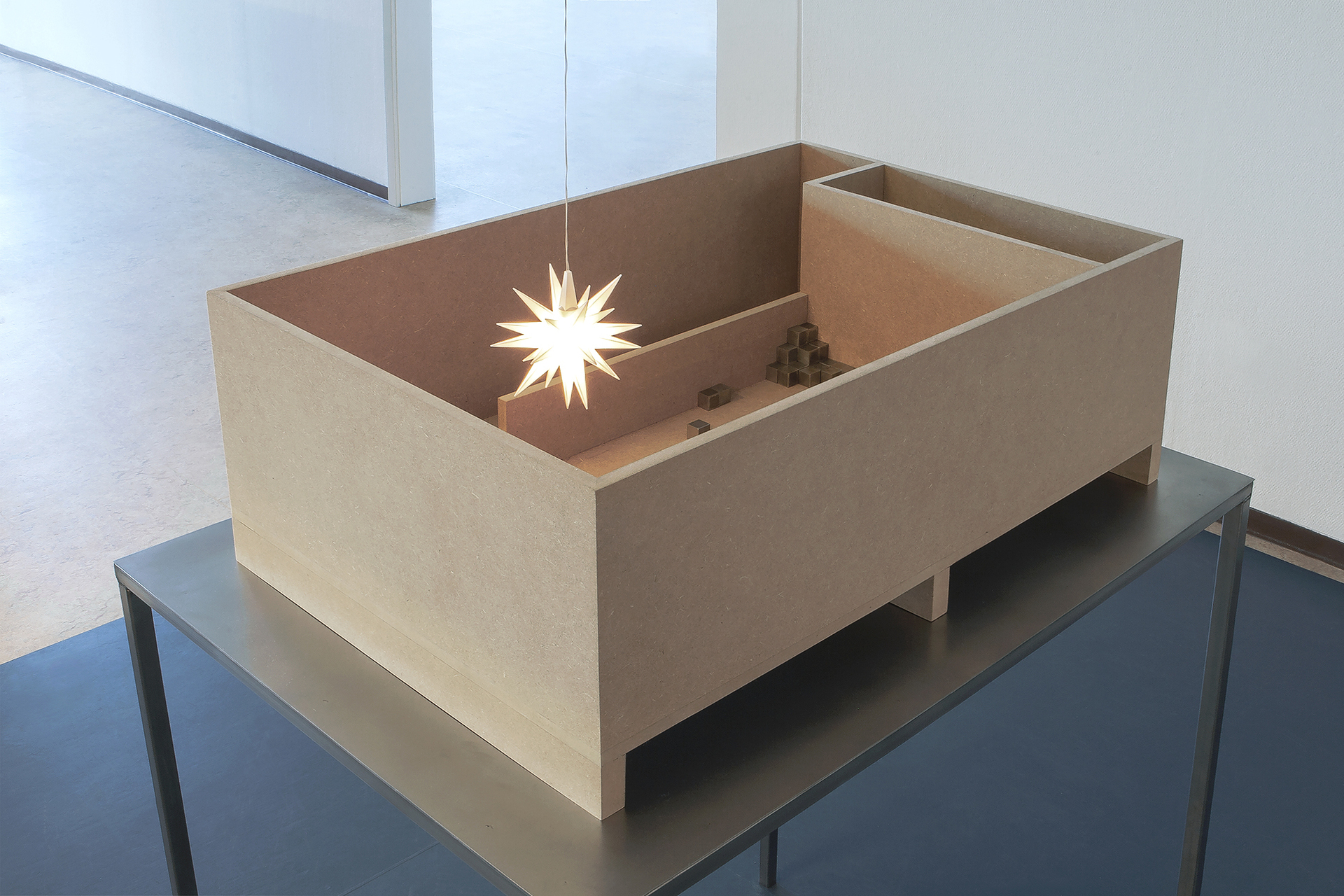

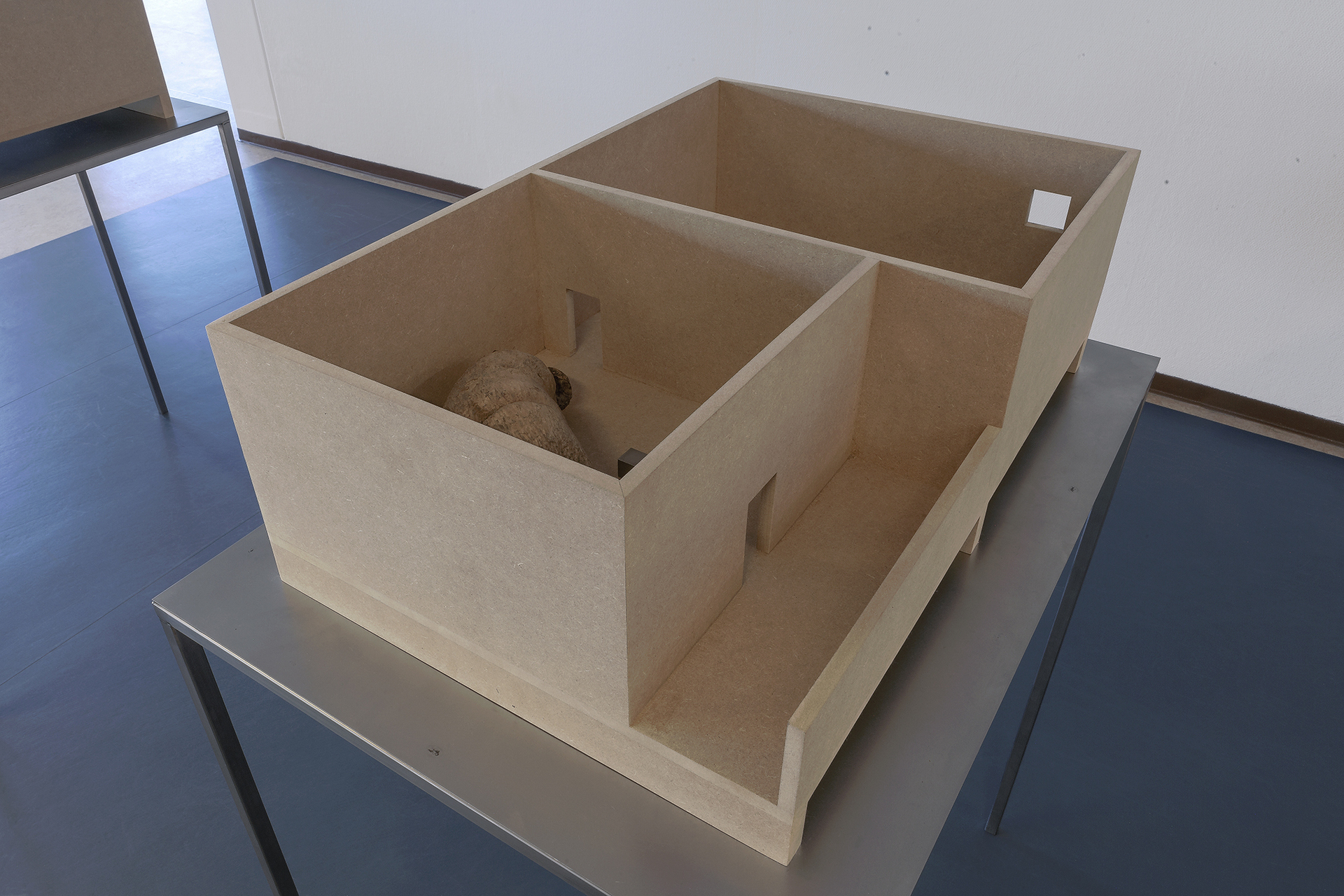
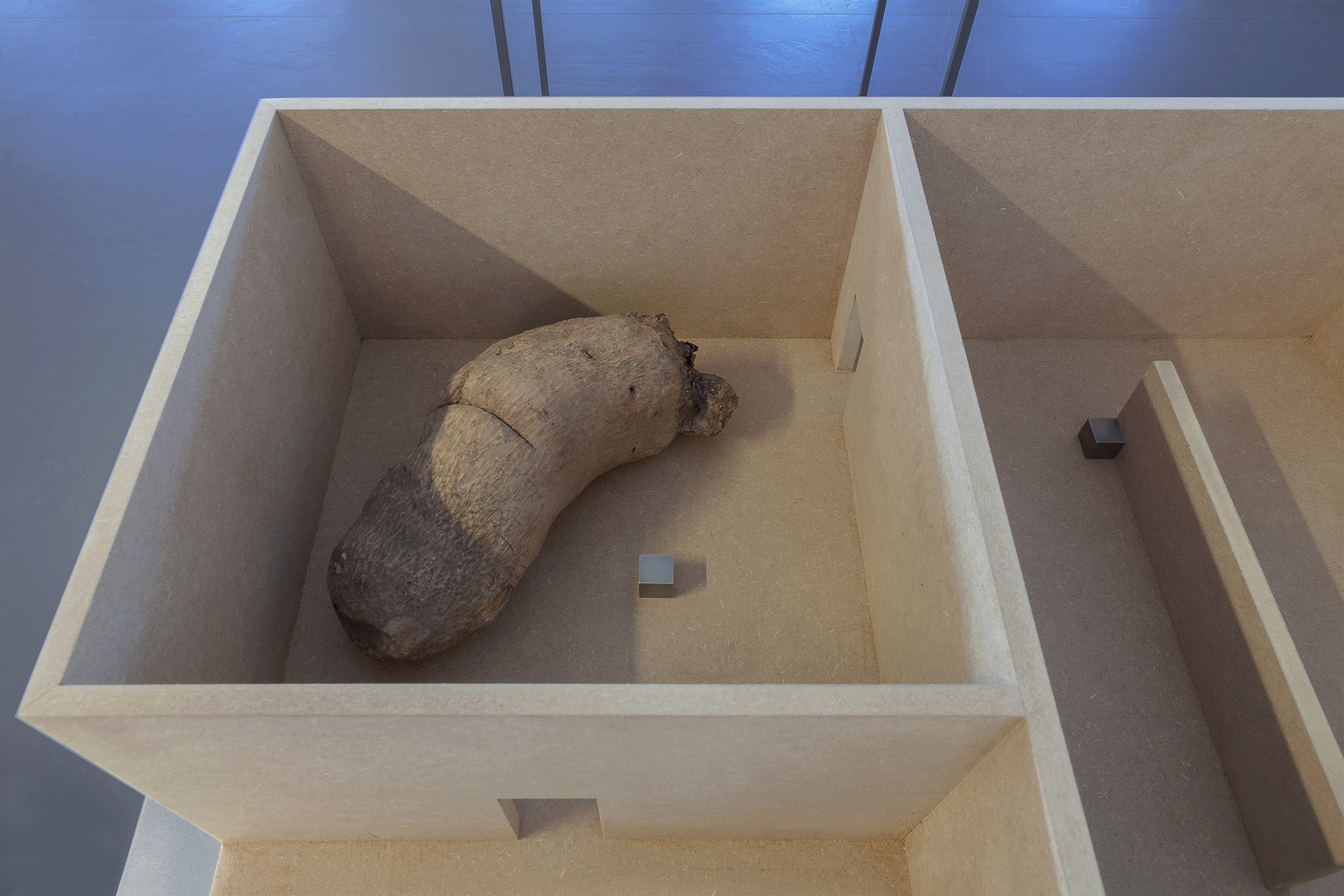

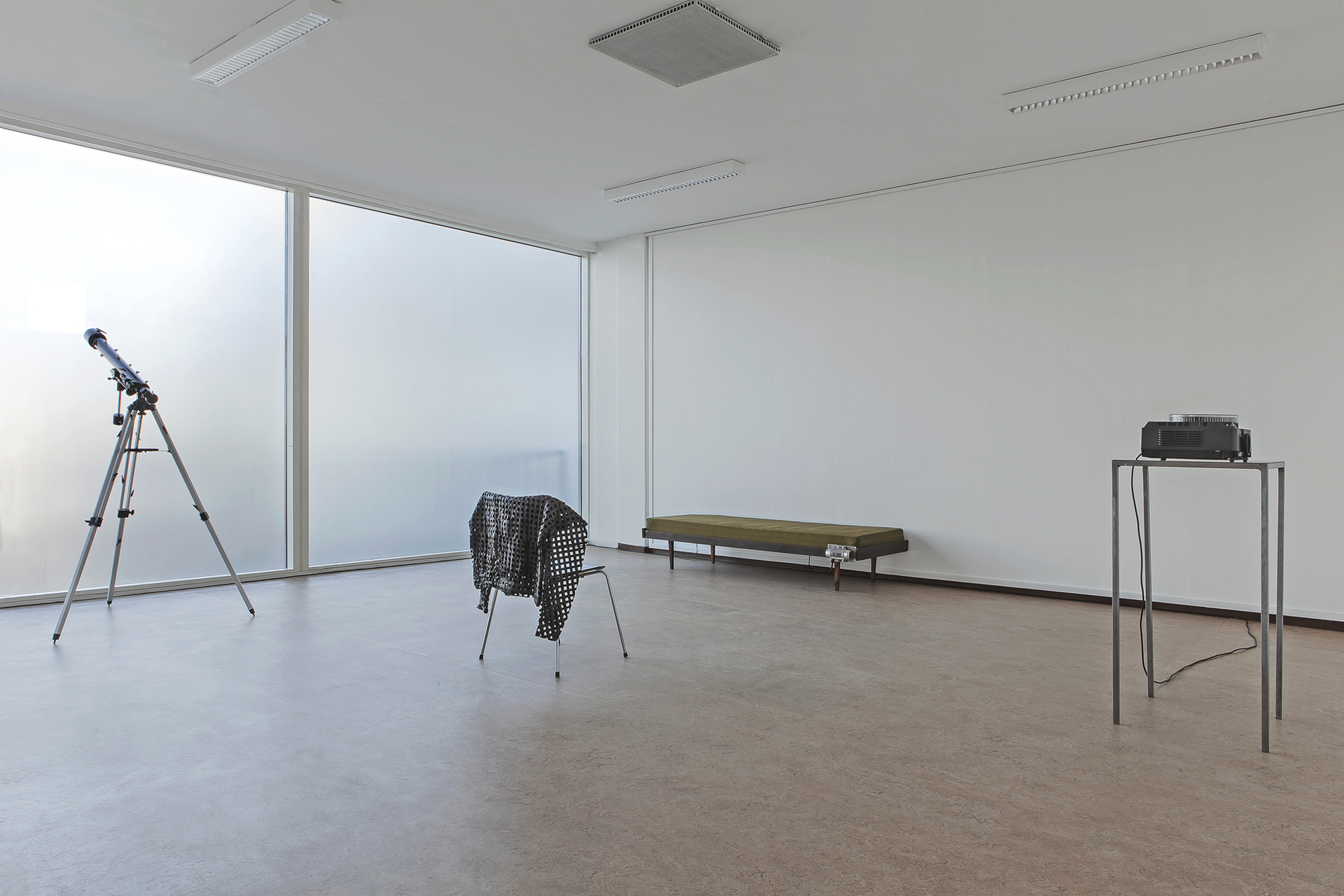
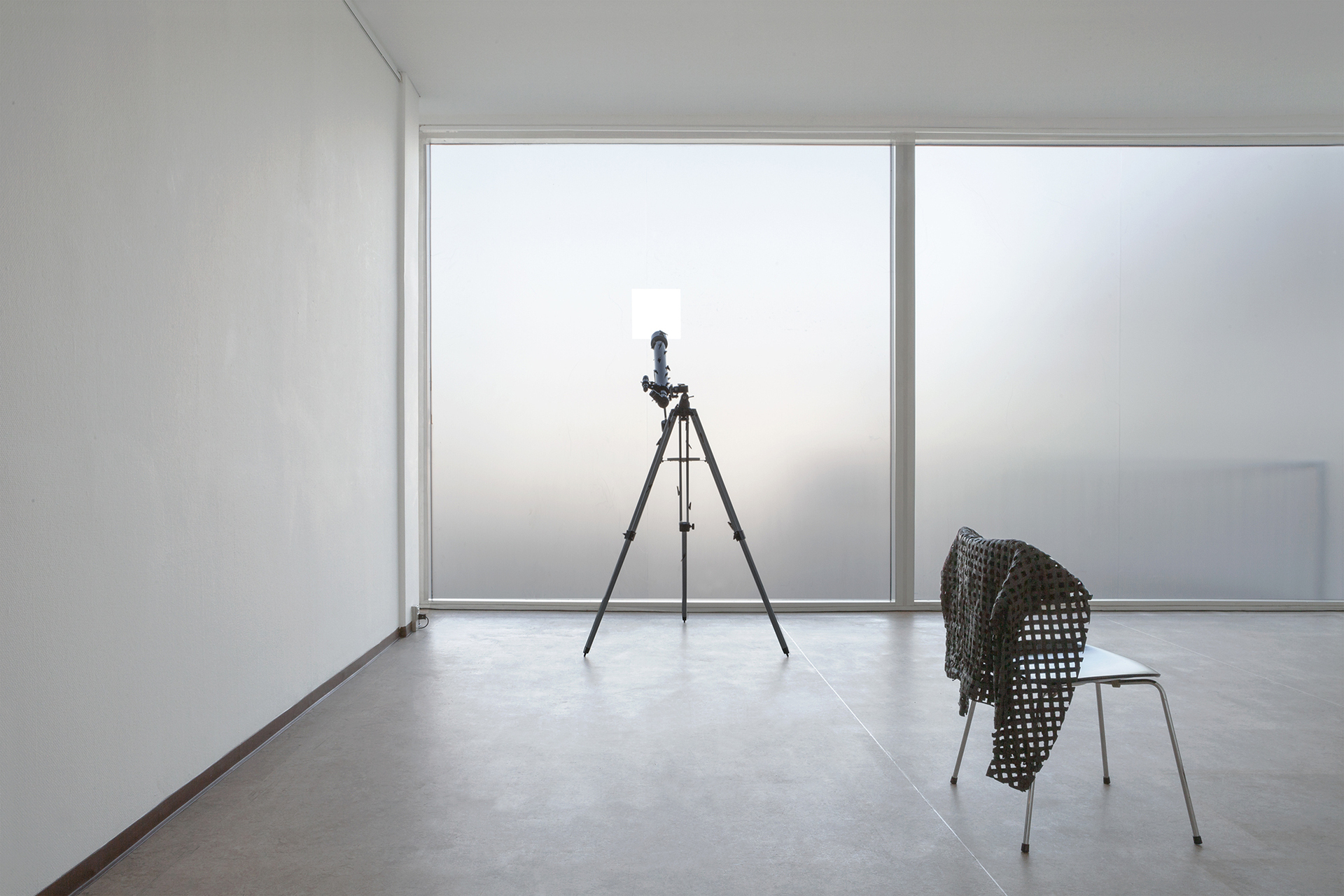
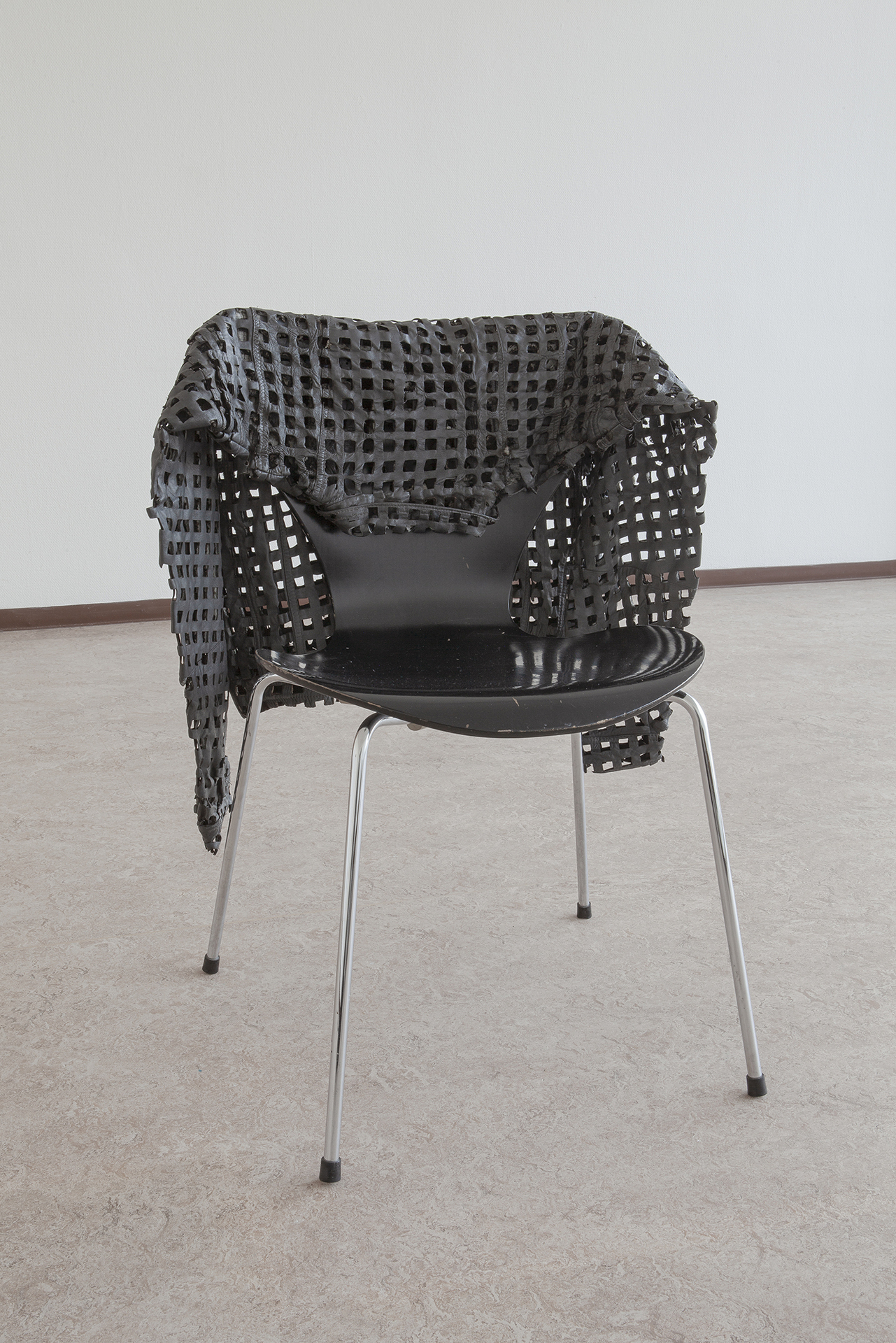

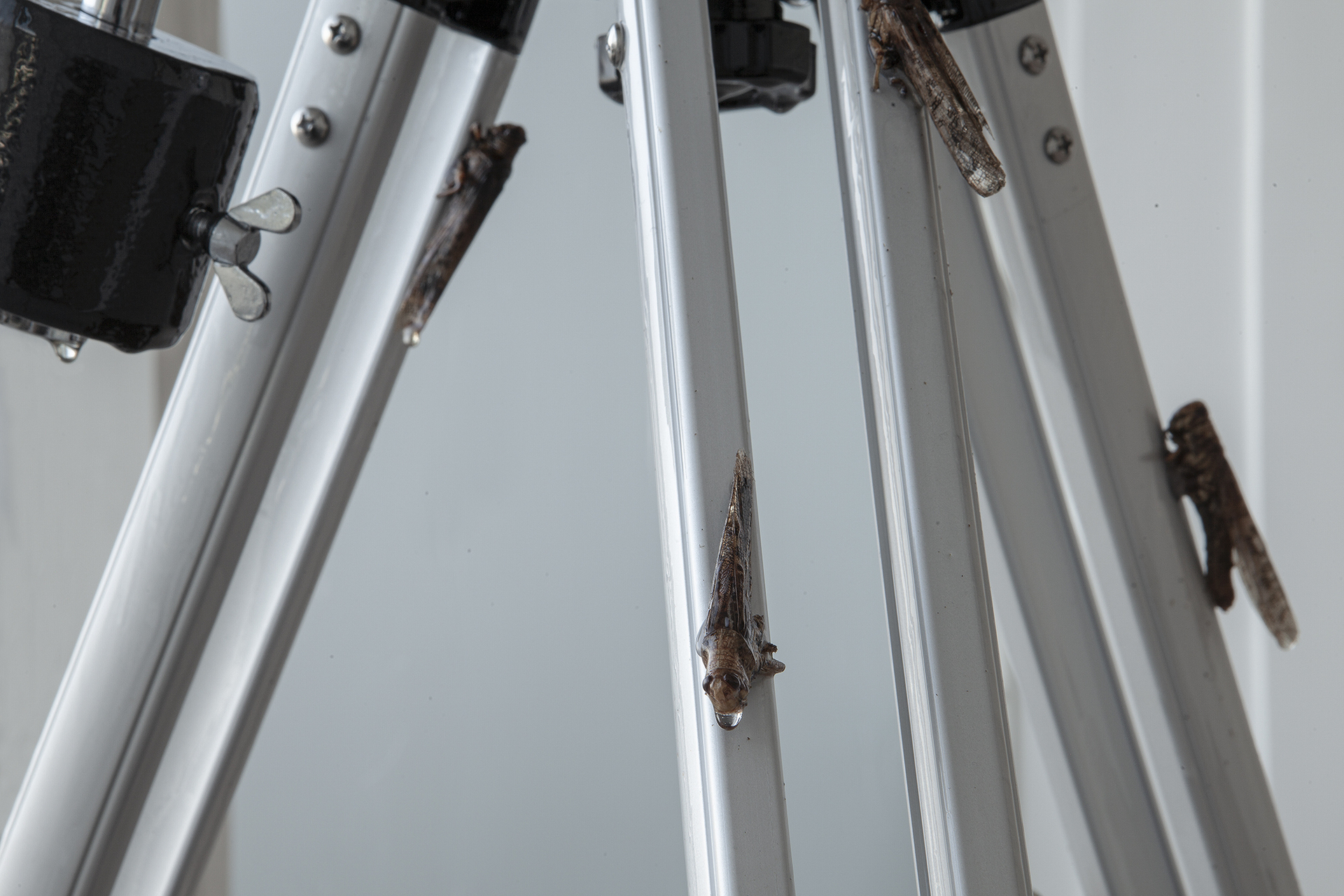
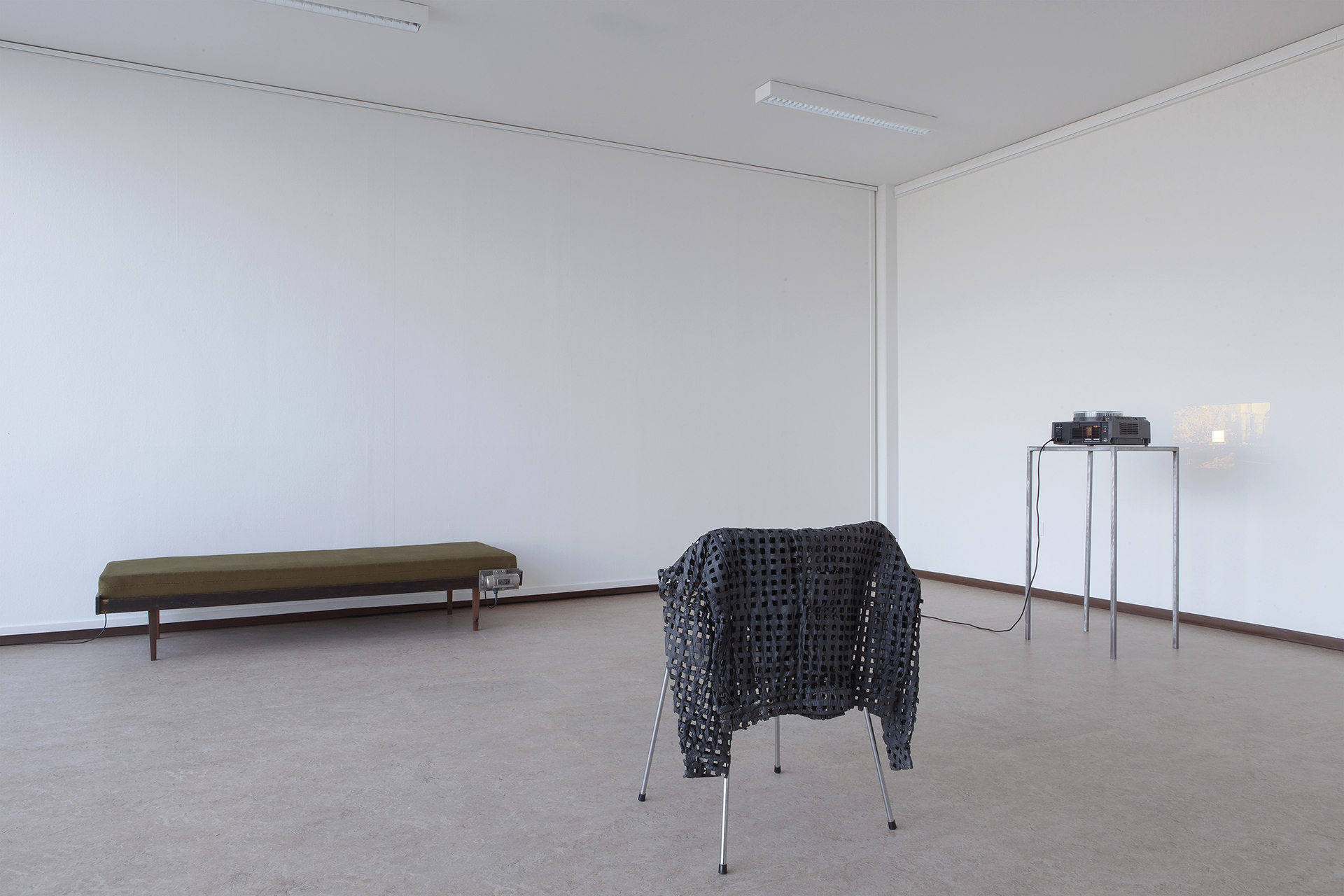
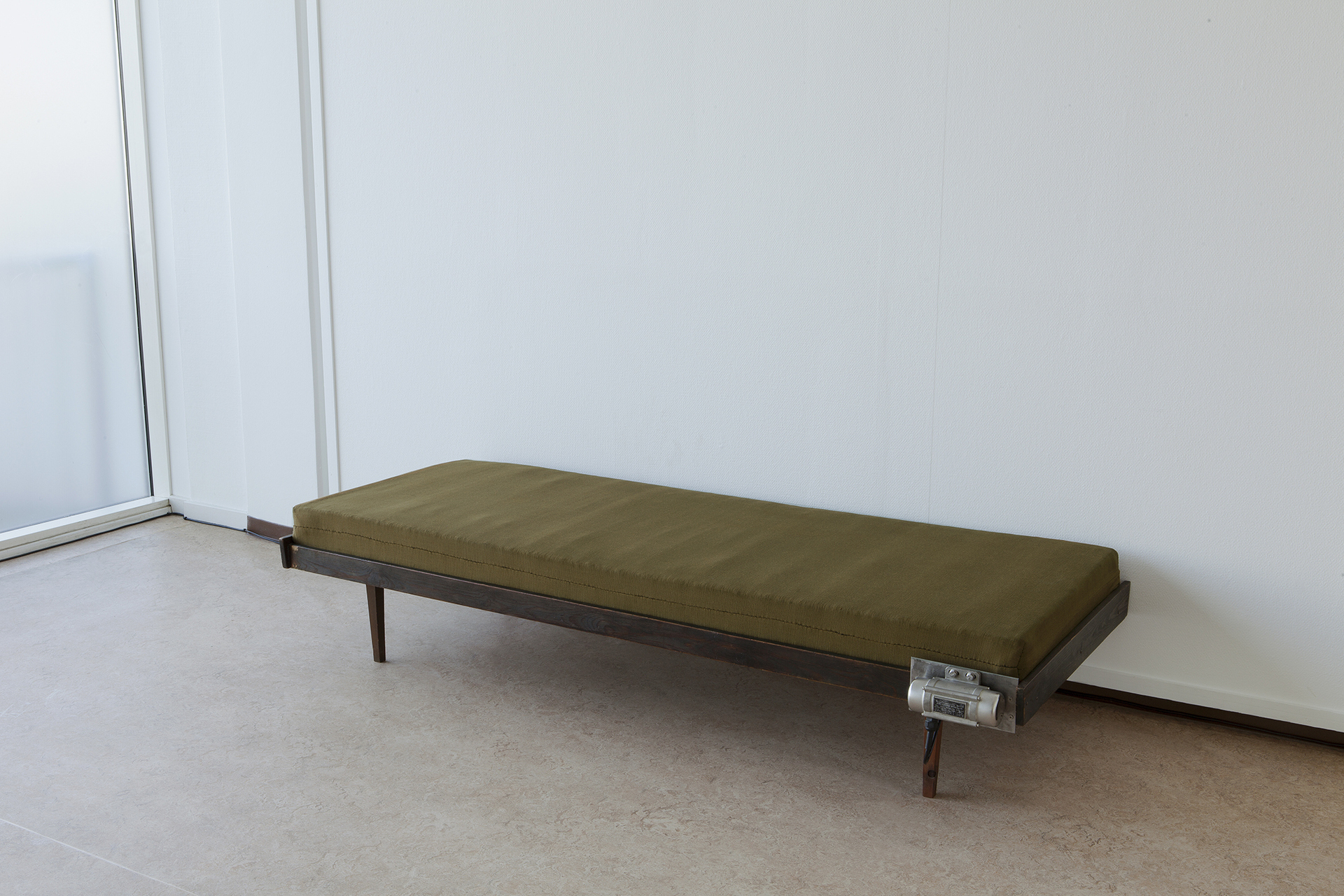
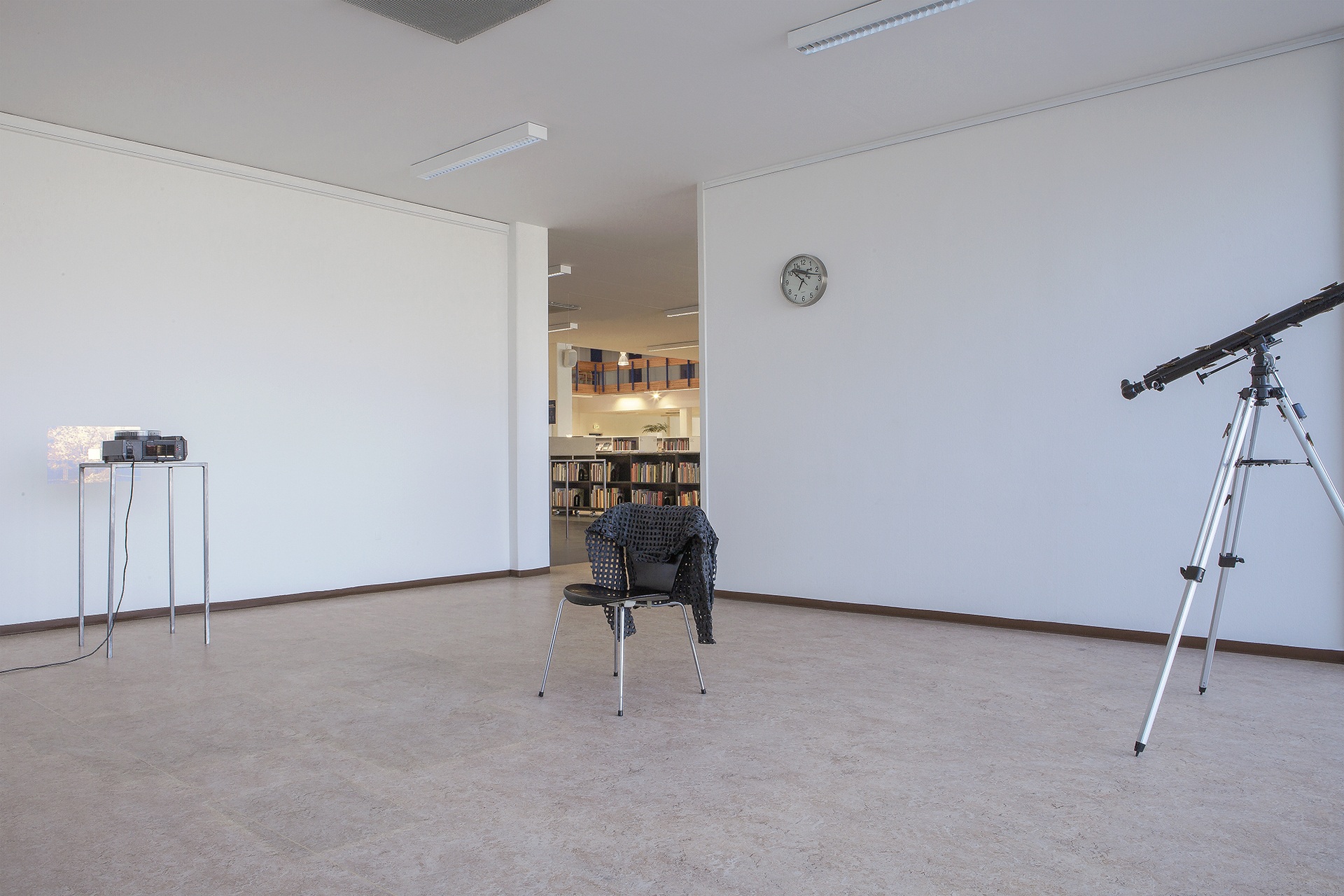
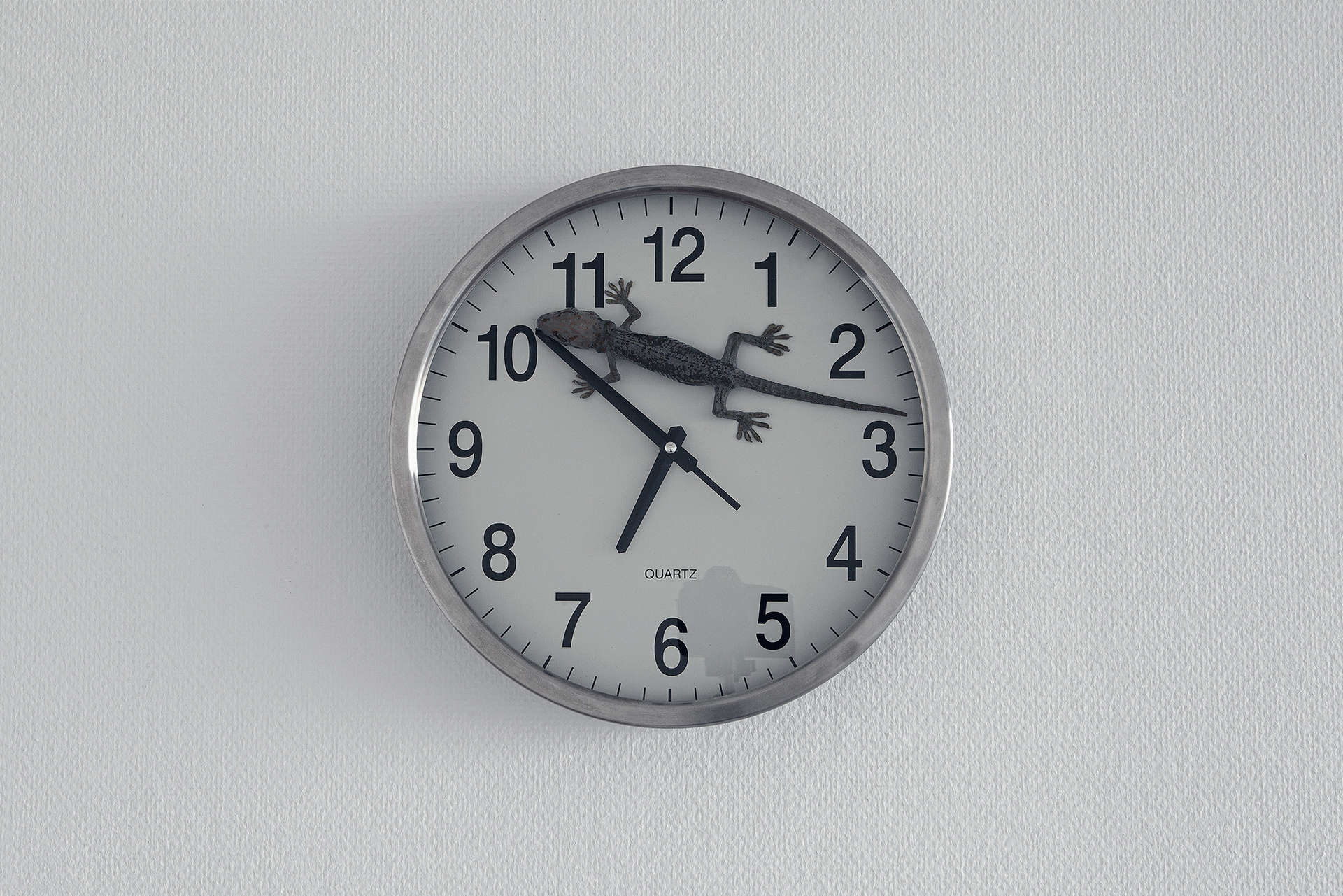
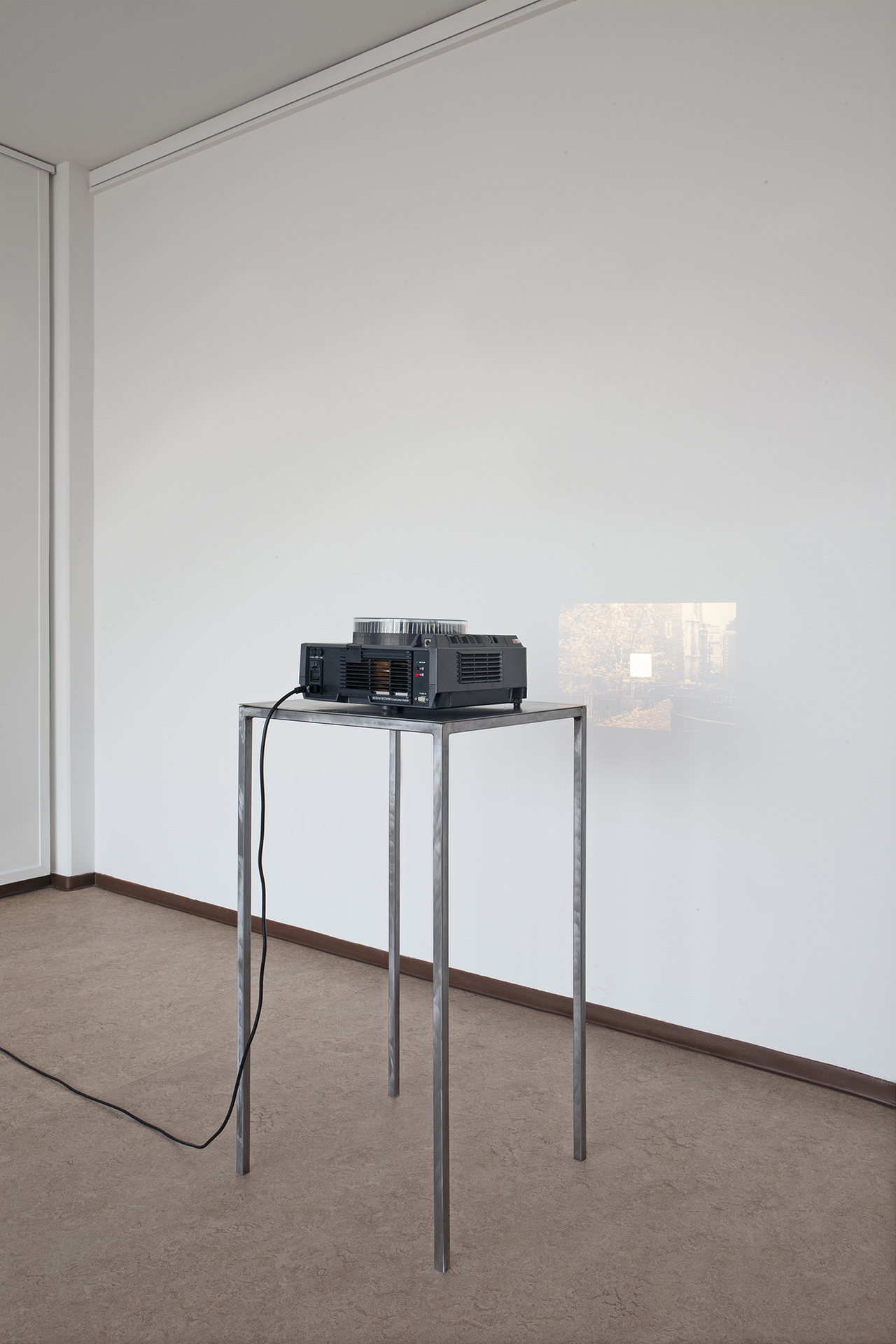
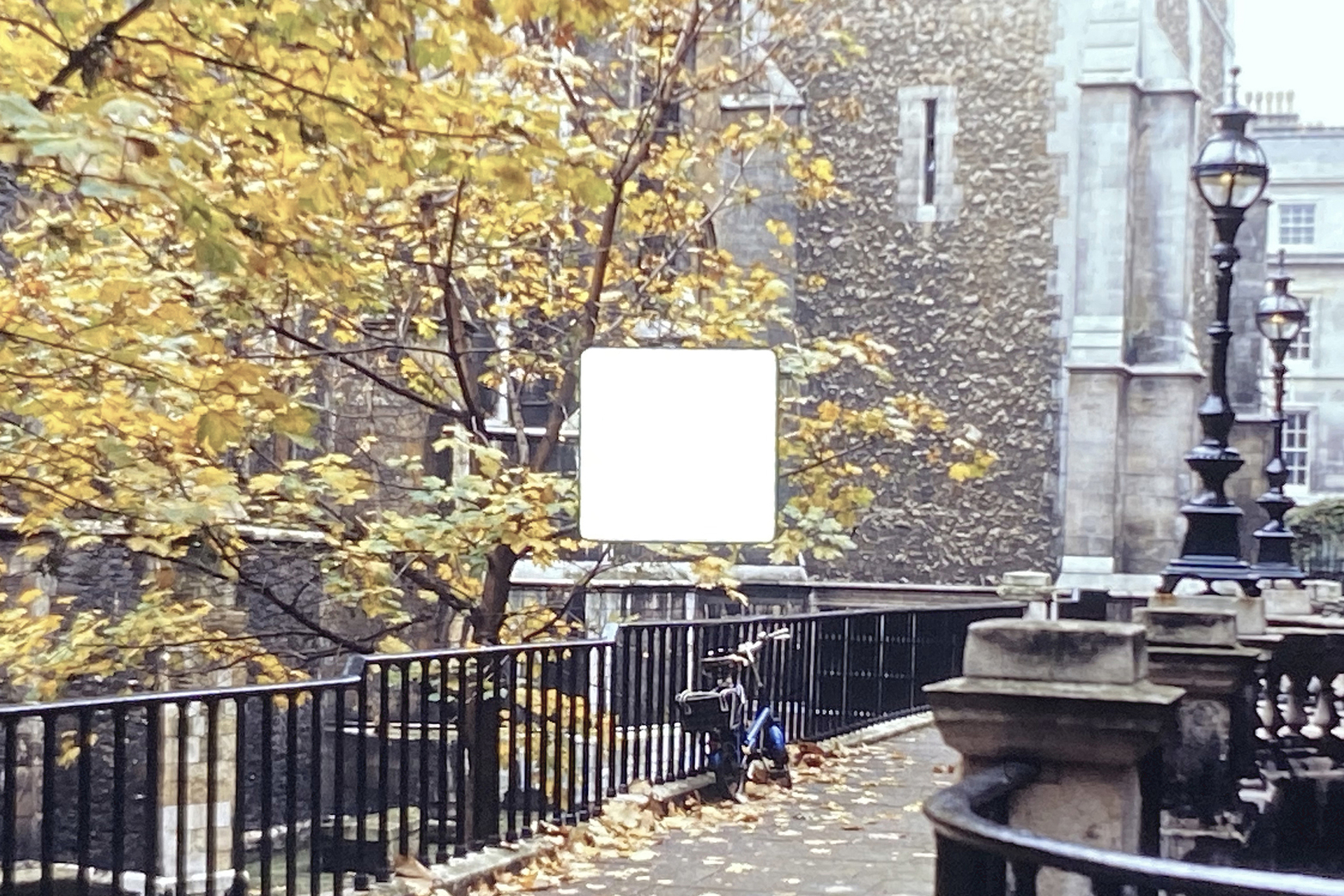
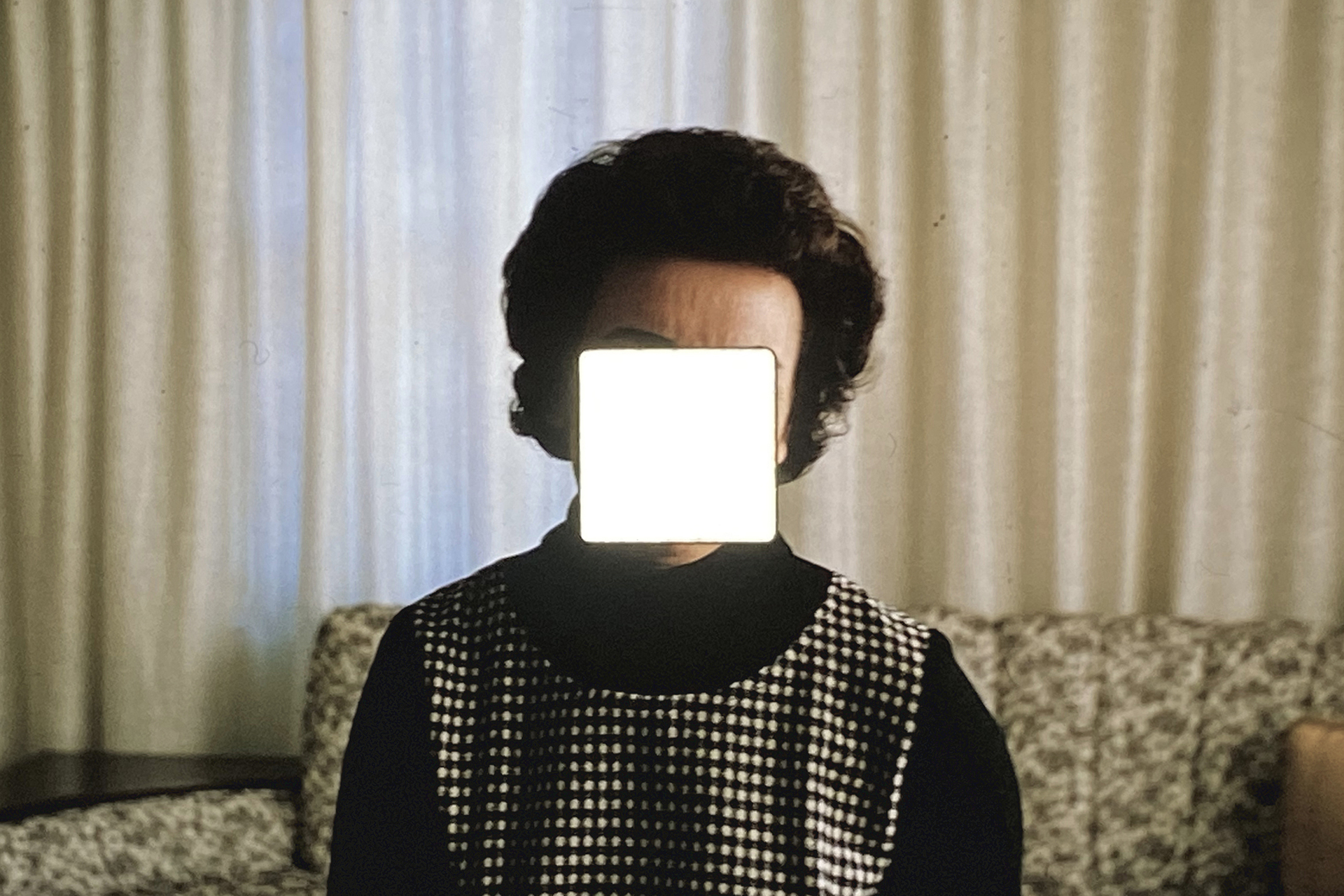

Location
Hvidovre Main LibraryDate
19.05 –24.06.2021Photography
Hvidovre Main LibrarySubheadline
Tetra Jan S. Hansen Hvidovre Main LibraryText
“Consciousness is what physics feels like from the inside” – Christof Koch
When you read this text on a piece of paper or a screen, it is framed, defined, and delimited by a square. But your eyes, granting you access to view the text, are more or less spherical, your retina is a hemisphere, your pupils round. Your eyes field of view is circular; your sight consists of two overlapping circles.
Contrary to the screen on your computer or smartphone, your eye does not have the same resolution across the entire area. The majority of the light-sensitive cells are concentrated in the middle, where the degree of detail is highest. In peripheral vision, the resolution is considerably worse, and there is a blind spot where we can see nothing at all. In much the same way as the screen and the camera crops the organic and the round, the linguistic and cognitive categories are sections, throwing light on something while concealing others. What is not shown is precisely this; framing one thing shuts another out.
These immanent functions are the metering and demarcation systems of humankind – in relation to our large mythologies and our small narratives; the universal, the geological, the architectural, the photographic reproduction and the units of measurement structuring our time.
In the age of hyperreality, a number of new mental and physical spaces have become available to us. Since the beginning of the 1960s we have ventured into outer space, and concurrently, updating our notion of reality, we have entered into the new communities and communication streams of the Internet; new spaces each in their own way, overlapping and expanding our old territories and habitats.
The eponymous work of the exhibition, “Tetra”, consists of a series of found slide images, modified with a square laser cutting. The photographs date from the 1960s to the 1990s, when this kind of technology became obsolete and replaced by newer and more user-friendly digital photo media. The motives can be divided into three categories: Pictures of the natural world, pictures of architecture and pictures of human life. The three kinds of motives each have their size and temporality. Thus, the work thematizes the connections between the deep geological time, the intergenerational character of buildings and their relations to the shorter, often linear perspective characterizing human life.
While analogue photography – with its limited number of shots on each film roll – was a media reserved for the, in more than one sense, private and precious moments, the modern cellphone effortlessly captures an almost infinite number of images and makes them publicly available on social platforms. Possessing a nostalgic sensibility, the personal, intimate, and discarded slide images generate a time capsule effect; even their physical make-up can be seen as “time slices”, each constituting a point in a continuous motion. The laser-cut square is simultaneously experienced as a sign of our age, a pervasive presence, and – like the fourth dimension; time itself – as a transcendental force traversing the moments of the pictures.
In the long run, and in a much shorter time span, our lives in a world of framed and squared mediations of reality affect the plasticity of our biological brains. By changing that, we change our experience of the world.
By Andreas Hjort Bundgaard
Jan S. Hansen (1980, Haderslev, Denmark) lives and works in Copenhagen, Denmark. MFA, 2010, the Royal Danish Academy of Fine Arts, Schools of Visual Arts, Copenhagen. Exhibitions include Overgaden Institute of Contemporary Art, Huset for Kunst og Design and Kunsthal NORD. He is co-director of Simian, an exhibition space for contemporary art in Copenhagen.
Andreas Hjort Bundgaard